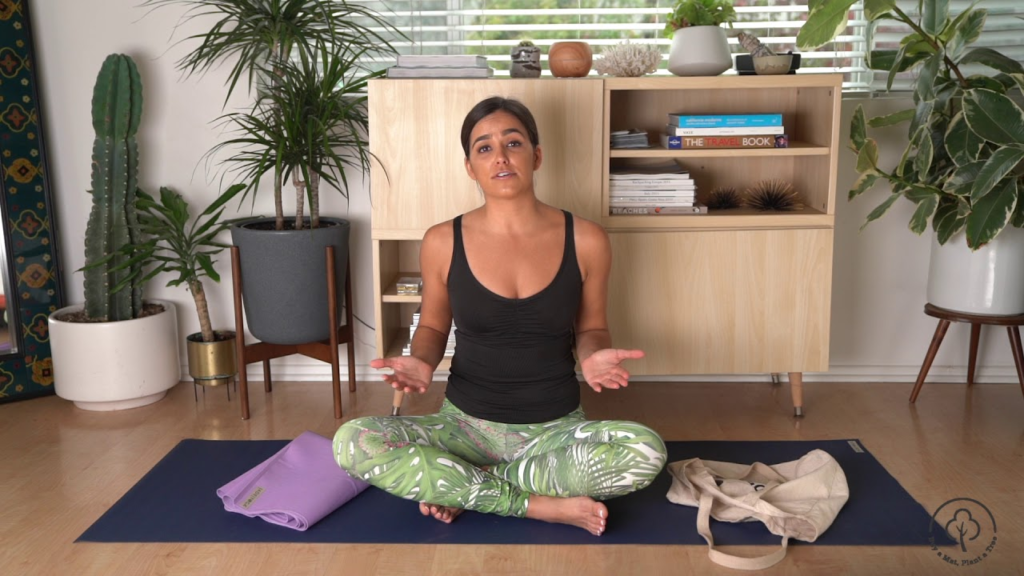Table of Contents
Introduction
Ashtanga Yoga is a dynamic and transformative style of yoga that has captivated practitioners worldwide. Known for its structured sequences, focus on breath, and physically demanding postures, Ashtanga Yoga is more than just a workout—it’s a moving meditation that cultivates discipline, strength, and inner peace. Whether you’re a seasoned yogi or a curious beginner, this guide will explore the origins, benefits, and how to get started with Ashtanga Yoga.

What is Ashtanga Yoga?
Ashtanga Yoga, often referred to as the “eight-limbed yoga,” is rooted in ancient Indian philosophy and was popularized in the modern era by Sri K. Pattabhi Jois. The practice is based on the teachings of the Yoga Korunta, an ancient text that outlines a specific sequence of postures linked by breath and movement.
The term “Ashtanga” translates to “eight limbs” in Sanskrit, referencing the eightfold path described in Patanjali’s Yoga Sutras. These limbs include ethical guidelines, physical postures, breath control, and meditation, all of which are integral to the practice.
The Ashtanga Yoga Series
Ashtanga Yoga is unique for its fixed sequence of postures, divided into six series:
- Primary Series (Yoga Chikitsa): Focuses on detoxifying and aligning the body.
- Intermediate Series (Nadi Shodhana): Works on cleansing the nervous system.
- Advanced Series (Sthira Bhaga): Comprises four sub-series that demand advanced strength, flexibility, and focus.
Most practitioners begin with the Primary Series, which includes sun salutations, standing poses, seated poses, and finishing sequences. Each posture is linked by vinyasas (flowing movements) and synchronized with ujjayi breath (victorious breath).
Key Principles of Ashtanga yoga
- Breath (Pranayama): The ujjayi breath is the foundation of Ashtanga Yoga, creating heat and focus in the body.
- Posture (Asana): Each pose is held for five breaths, promoting strength and flexibility.
- Gaze (Drishti): A specific focal point for each pose helps improve concentration and mindfulness.
- Bandhas (Energy Locks): Engaging the bandhas (root, abdominal, and throat locks) helps direct energy flow and stabilize the body.
Benefits of Ashtanga Yoga
- Physical Strength and Flexibility: The rigorous sequences build muscle tone, improve flexibility, and enhance endurance.
- Mental Clarity: The meditative aspect of the practice helps calm the mind and reduce stress.
- Discipline and Focus: The structured nature of Ashtanga Yoga fosters self-discipline and mental resilience.
- Detoxification: The dynamic movements and deep breathing help flush toxins from the body.
- Spiritual Growth: By integrating the eight limbs of yoga, practitioners often experience a deeper connection to themselves and the world around them.
How to Start Practicing Ashtanga Yoga
- Find a Qualified Teacher: Ashtanga Yoga is traditionally taught in a Mysore-style setting, where students practice at their own pace under the guidance of a teacher.
- Start Slowly: Begin with the Primary Series and focus on mastering the foundational postures and breathwork.
- Be Consistent: Ashtanga Yoga is a daily practice (except on moon days and rest days). Consistency is key to progress.
- Listen to Your Body: While the practice is challenging, it’s important to honor your body’s limits and avoid injury.
- Invest in a Good Mat: A non-slip yoga mat is essential for the dynamic movements of Ashtanga Yoga.
Get Started With Beginner’s Guide to Yoga
Common Misconceptions About Ashtanga Yoga
- “It’s Only for Advanced Yogis”: While Ashtanga Yoga is physically demanding, it’s accessible to beginners with modifications and proper guidance.
- “It’s Just a Workout”: Beyond the physical postures, Ashtanga Yoga is a holistic practice that integrates mind, body, and spirit.
- “You Need to Be Flexible”: Flexibility is a result of consistent practice, not a prerequisite.
Tips for a Fulfilling Ashtanga Practice
- Set an Intention: Begin each practice with a clear intention to stay present and focused.
- Embrace the Journey: Progress in Ashtanga Yoga is gradual—celebrate small victories along the way.
- Practice Self-Compassion: Be patient with yourself and avoid comparing your practice to others.
Conclusion
Ashtanga Yoga is a powerful practice that offers a path to physical vitality, mental clarity, and spiritual growth. Whether you’re drawn to its structured sequences or its meditative flow, Ashtanga Yoga has something to offer everyone. By committing to the practice, you’ll not only transform your body but also cultivate a deeper sense of peace and purpose.
Ready to roll out your mat and begin your Ashtanga journey? Remember, the first step is always the hardest, but the rewards are limitless.
FAQ
Ashtanga Yoga Benefits?
Explained above
Ashtanga Yoga near me?
Try Our Yoga Course from your Home

